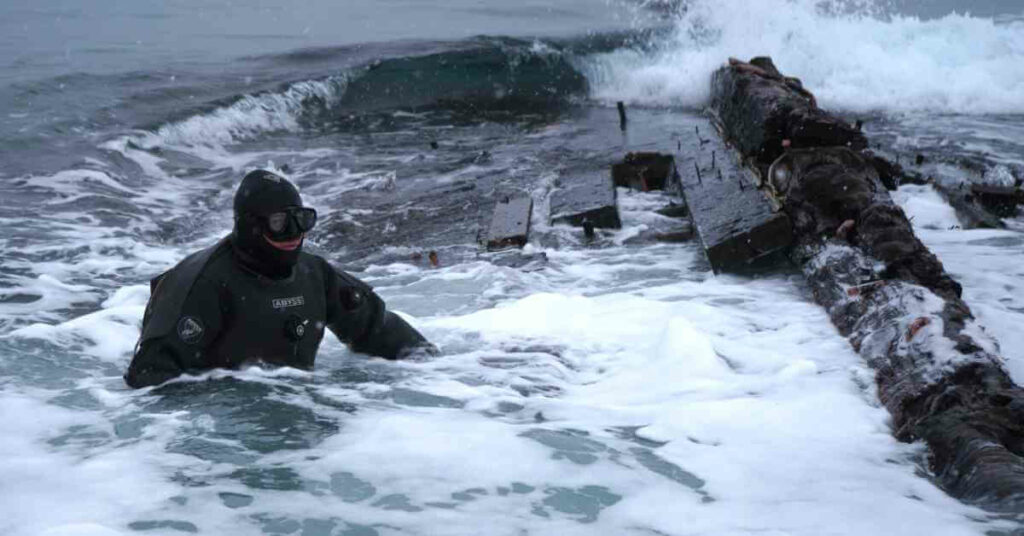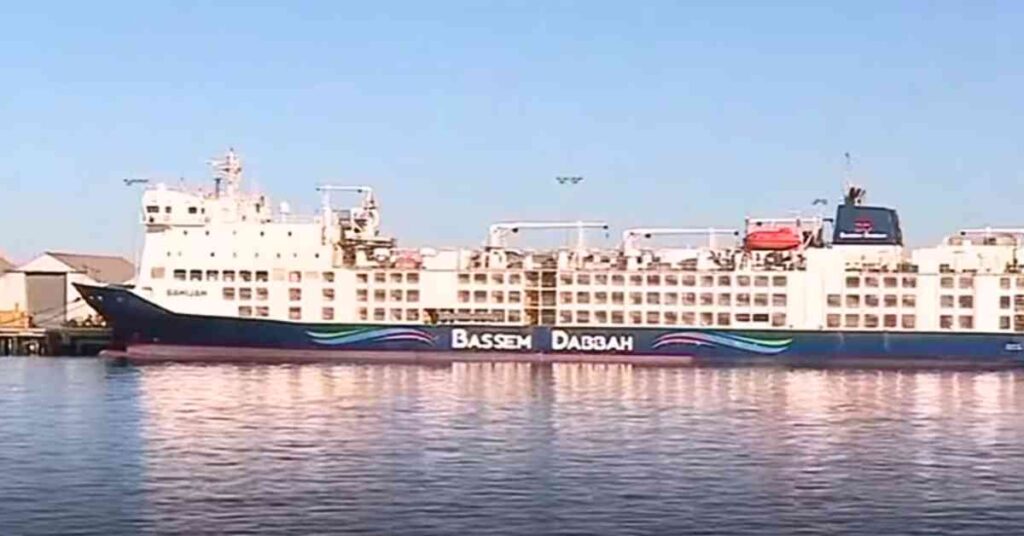Videos: The Great Pacific Garbage Patch Is Mostly Covered With Fishing Gear
The subtropical oceanic gyre of the North Pacific Ocean is now blanketed with about thousands of tonnes of plastic debris. The floating wastes are dispersed over millions of square kilometres. This particular accumulation zone is the Great Pacific Garbage Patch (GPGP). The GPGP is now a symbol of the impact of the widespread use of plastics, which are discarded in oceans worldwide.
New research undertaken by Wageningen University and the Ocean Cleanup project has revealed that most plastic debris in the GPGP comes from fishing-related activities at sea.
From its inception in 2013, the Ocean Cleanup project has developed advanced technology to eradicate plastic pollution from the world’s oceans. The plastic is collected by a large floating U-shaped barrier, towed through the water by the ships at either end.
Video Credits: The Ocean Cleanup / YouTube
Earlier research has reflected that nearly half of the plastic mass in the GPGP comprises ropes and fishing nets, with the remainder composed of small fragments and rigid plastic items. While fishing nets are quite apparent, the origins of other plastics found in the GPGP have remained unclear until now.
Plastic emissions from rivers continue to be the primary source of plastic pollution from a global ocean perspective. It mostly comprises land-dumped trash like bags, plastic bottles, or product packaging, which generally make up most of the marine plastic pollution.
However, the Ocean Cleanup project has announced that 75%–86% of plastic debris in the GPGP comes from offshore activities related to fishing at sea.
The researcher analyzed more than 6000 hard plastic debris items that were bigger than 5 cm (excluding ropes and nets) retrieved in 2019 from the GPGP. They also found that almost one-third of the items were largely unidentifiable fragments. In contrast, the remaining two-thirds were objects used in fishing, such as crates, buckets, floats, buoys, baskets, jerry cans, fish boxes, containers, drums, and eel traps.
When the team of experts deployed computer models to simulate how samples got into the patch, they realized that a plastic fragment was ten times more likely to come from fishing activities instead of land-based types.
Due to ocean currents and wind patterns, plastic lost at sea has a greater chance of being accumulated offshore than plastic emitted from the rivers, resulting in high concentrations of fishing-specific debris in the GPGP. The primary regions/nations of origin recognized basis the majority of items were Japan with 34%, China with 32%, the Korean peninsula with 10%, and the US with 7%.
While plastic accumulated in the GPGP mostly comes from marine-based activities, land-based emissions contribute to most plastic in the oceans worldwide. By intercepting plastic in the river, the Ocean Cleanup project aims to end plastic from entering the oceans and greatly eliminate plastic pollution in coastal waters globally.
However, this research confirms that cleaning up the GPGP and keeping it clean will require more. Researchers hope their new study can enable the fishing industry and organizations to address the GPGP as a source of plastic pollution.
References: Inceptive Mind, Petrology, Blogarama
Do you have info to share with us ? Suggest a correction
About Author
Marine Insight News Network is a premier source for up-to-date, comprehensive, and insightful coverage of the maritime industry. Dedicated to offering the latest news, trends, and analyses in shipping, marine technology, regulations, and global maritime affairs, Marine Insight News Network prides itself on delivering accurate, engaging, and relevant information.

About Author
Marine Insight News Network is a premier source for up-to-date, comprehensive, and insightful coverage of the maritime industry. Dedicated to offering the latest news, trends, and analyses in shipping, marine technology, regulations, and global maritime affairs, Marine Insight News Network prides itself on delivering accurate, engaging, and relevant information.
Latest Videos Articles You Would Like:
- Cruise Ship Damaged Due To Severe Weather, Passengers Stuck Abroad
- Archaeologists Examine 19th-Century Shipwreck Found On Canadian Coast
- Australia Stops Livestock Ship From Sailing Around Africa To Israel Amidst Houthi Attacks
- Iran Warns U.S. Of Targeting Cargo Ships Following Latest Airstrikes On Houthis
- Watch: Ukrainian Forces Destroy Russian Missile Boat In Black Sea Operation
- Two Dead After Tragic Collision Between Water Taxi And Passenger Ferry In the Philippines
Subscribe To Our Newsletters
By subscribing, you agree to our Privacy Policy and may receive occasional deal communications; you can unsubscribe anytime.















